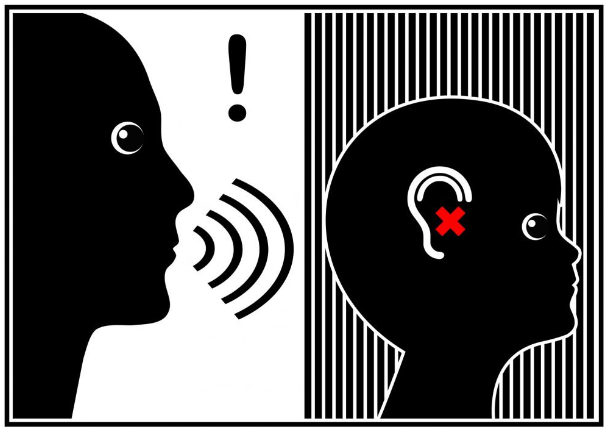The #1 Biggest Challenge for Many Parents
- Play Therapy With Dr Jen
- May 29, 2024
- 4 min read
ID 66149017 © Sangoiri | Dreamstime.com
It’s impossible to do anything on the internet these days without coming across “Baby Yoda” memes. (For any Star Wars fans out there, I know it’s not literally Yoda as a baby who is depicted in the pics, but you know what I mean!) Some of the memes are quite funny, but then I came across one that gave me a different kind of pause. There was the same “Baby Yoda” character looking up with such innocence, and in this particular meme, the baby was holding screws and a small flashlight. The caption said, “Me waiting to pass the screws to my dad while he is yelling at me.”
Below the graphic, someone had commented, “This hits home.” Once I started looking around online, it took me only a minute to find countless similar memes that approach with humor, typically from the child or teenager’s point of view, the topic of parents “losing it” and yelling out of frustration. One teenager had written below his creative meme that focused on his parents yelling at him about his grades, “I should have been studying instead of making this.” Some of the memes focus on the mom, others the dad, and some use the term parents, but they virtually all present the child’s helpless perspective in such situations. One meme had the simple statement below it, “I don’t know what they want from me.”
We are all human, and yes—sometimes we make mistakes. Sometimes even the best parents react with stronger and more unbridled emotion than intended. If reactivity is the norm for a parent, though, the stage is set for further problems. Depending on a child’s history, age, and individual personality, these “problems” can manifest in a variety of ways.
Some children may withdraw and become depressed while others become angry and defiant; these are just two examples of how children might begin to show signs that they are being negatively impacted by an overly emotional, angry, or consistently reactive parent. Research suggests that while it’s expected and typical for toddlers to start testing limits around age two, toddlers of emotionally reactive parents tend to have significantly more behavioral challenges, such as tantrums. This trend continues as the children get older.
Undoubtedly, there are legitimate reasons to get upset or emotional sometimes, but as parents we must ask ourselves: what is accomplished and what will change for the better after the parental rant? In a best-case scenario, the parent apologizes afterwards, and the child (or teen) at least learns some lessons about taking ownership for mistakes and forgiveness. But what about the original issue?
Children tend to be happier, healthier and higher functioning in all areas when they have solid, close relationships with their parents. When a parent tends to be overly reactive, the parent-child relationship is inevitably damaged. Children of reactive parents become hesitant to share even small mistakes for fear of getting too strong of a reaction which can lead to lying, overt rebellion, tantrums, or other behavioral outcomes.
These children can sometimes become perfectionistic (which is closely tied to high levels of anxiety) or angry. They may ultimately become reactive themselves. Their self-esteem takes a hit as well, because they are denied the opportunity to work through their mistakes in a healthy, calm way and even begin to incorporate within their self-view an awareness and acceptance of both their strengths and limitations as an individual.
Sometimes reactive parents explain that they yell only because the child is already yelling, screaming, maybe even throwing lamps. Joining in with the chaos never brings the calm that is desired. A good rule of thumb that I often share with parents (taken from the Child-Parent Relationship Therapy- parent training- that I offer) is to be a thermostat—not a thermometer—when interacting with their children.
Think about the differences between these two tools—one measures and displays what the temperature is while the other responds to the current temperature to bring it to a more ideal state. If it’s 85 degrees inside your home, and you turn the thermostat to 74 degrees, cool air will begin blowing to bring the temperature down to the preferred level. In the same way, the most effective way for parents to respond to their child’s “hot” behaviors such as yelling is to become even “cooler” and calmer themselves. This response is easier said than done, because it doesn’t work if the parent is brewing inside but attempting to use a quiet voice; there must be a true sense of calm coming from within (and it may require a paradigm shift and some work on the parent’s part to get there).
Children hear and process some of what we tell them, but they learn the most from what they experience and observe. Parents who know how to regulate their emotions and remain calm even in the face of a potential crisis (or something upsetting) teach their children by example how to regulate their own emotions in similar circumstances. Beyond this powerful and life-changing lesson, both parents and children benefit in countless ways when their relationship is one that is supportive, comforting, and fun—a dynamic that is much easier to create when parents consistently remain calm and well-regulated themselves.


Comments